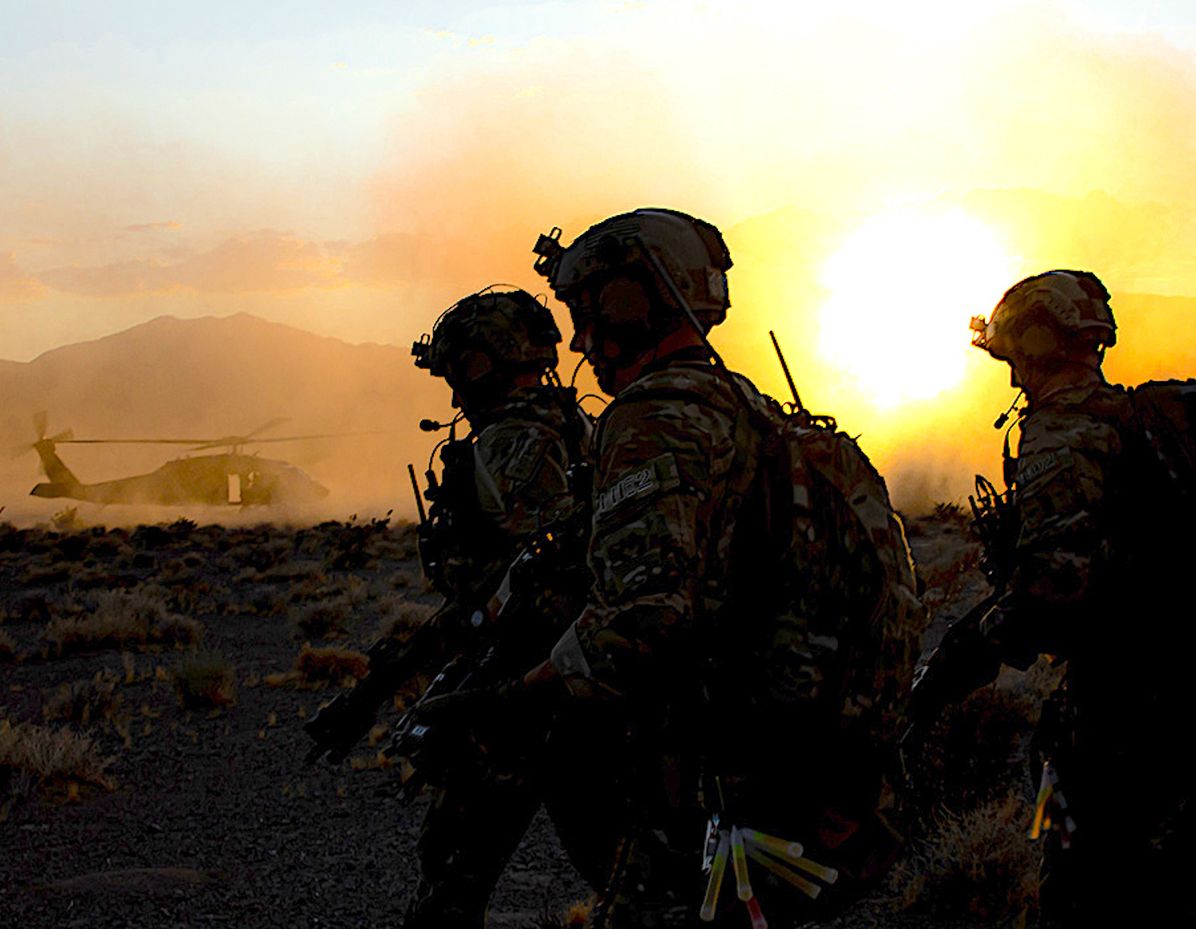
TAMPA, Fla. — The Special Operations Forces of the 21st century must be tailored to help the U.S. “prevail in a high-end conflict” and designed to thrive in environments that could define an American clash with a powerful adversary such as China, a top Pentagon official said Thursday.
Speaking at the Special Operations Forces Week, Colby Jenkins, the acting assistant secretary of defense for special operations and low-intensity conflict, told an audience here that the military’s most elite units may operate in future scenarios without the advantages that U.S. forces have traditionally enjoyed.
Air superiority, reliable communications and logistical support, he said, may not be guaranteed, putting a heavy burden on SOF personnel tasked with “operating independently” without the power and capabilities of the broader U.S. military there to back them up.
“We need to rethink how we command, control and enable forces that must survive and operate without a vast overhead structure,” Mr. Jenkins said. “The demands on our people are evolving, faster and more severely than ever before. Future SOF operators must be technologically fluent, culturally agile, psychologically resilient, physically and mentally adaptable, and capable of thriving in isolated, denied and high-pressure environments.”
Mr. Jenkins, who served as a Green Beret and led SOF teams on missions in Afghanistan, South America and elsewhere, underscored one of the key themes running through this year’s SOF Week convention: Special Forces will be asked to do far more than the raids and counterterrorismn missions that largely defined their roles in the post-9/11 era. Analysts are quick to point out that SOF’s roles traditionally have been much broader. Dating back to the most dangerous periods of the Cold War, SOF personnel were often on the front lines of the American fight against communist forces, working on the ground with resistance forces and undertaking other specialized missions across the globe.
There’s an understanding in SOF circles here that those elite units — including the Green Berets, along with the Army Rangers, Navy SEALs and Delta Force — would be tasked with secretive, vital missions in any U.S. military confrontation with China in the Indo-Pacific.
As it ramps up aggressive actions across the region and its leaders eye a potential invasion of Taiwan, Beijing’s broader military strategy for a potential Pacific showdown hinges largely on “anti-access and area denial,” or A2/AD. It’s an approach that relies on a combination of defensive systems, artillery, radar, and other tools to deny an enemy the ability to occupy or move through a specific area of land, air or sea.
If implemented effectively, it could leave SOF teams on the ground across the region without immediate support from U.S. air power and perhaps even without a direct line of communication to commanders in the theater.
“The battlefields of tomorrow will be more contested, more complex and more ambiguous than anything we have faced before,” Mr. Jenkins said.
Speakers across the SOF Week convention have also focused on how SOF teams can help deter such a military clash with China. That could involve highly secretive, asymmetric missions to weaken China’s ability to project its power across the Pacific or to undercut the political alliances Beijing wants to build in key corners of the world.
The work of SOF, officials said, is central to deterring a major war.
“We have to convince [Chinese President] Xi Jinping that today is not the day to test the United States’ resolve,” Defense Secretary Pete Hegseth said in his keynote speech at SOF Week.
Mr. Hegseth toured the SOF Week convention floor after his address. With leading defense companies from around the world represented here, the vast exhibition hall offers a whirlwind tour of the groundbreaking, often awe-inspiring technology that defense firms have developed for SOF and the broader U.S. military. From the latest cutting-edge drones to artificial intelligence that can operate without internet access, or holographic technology that could provide commanders a more realistic look at battlefields, the U.S. aims to remain ahead of China and its other competitors.
But Mr. Jenkins said the Pentagon must be laser-focused on making sure that such technologies — all of which are competing for funding amid a Defense Department effort to cut costs and increase efficiency — help forces in the field.
“We are not interested in technology for briefing slides or prototype demonstrations,” Mr. Jenkins said. “We are focused on fielding real capabilities that create real operational options for real-world missions and real-world environments. Our charge is clear: Invest, experiment and deliver capabilities that allow small teams to punch above their weight, creating effects far beyond their size and giving strategic leaders more and better options to shape better outcomes.”












